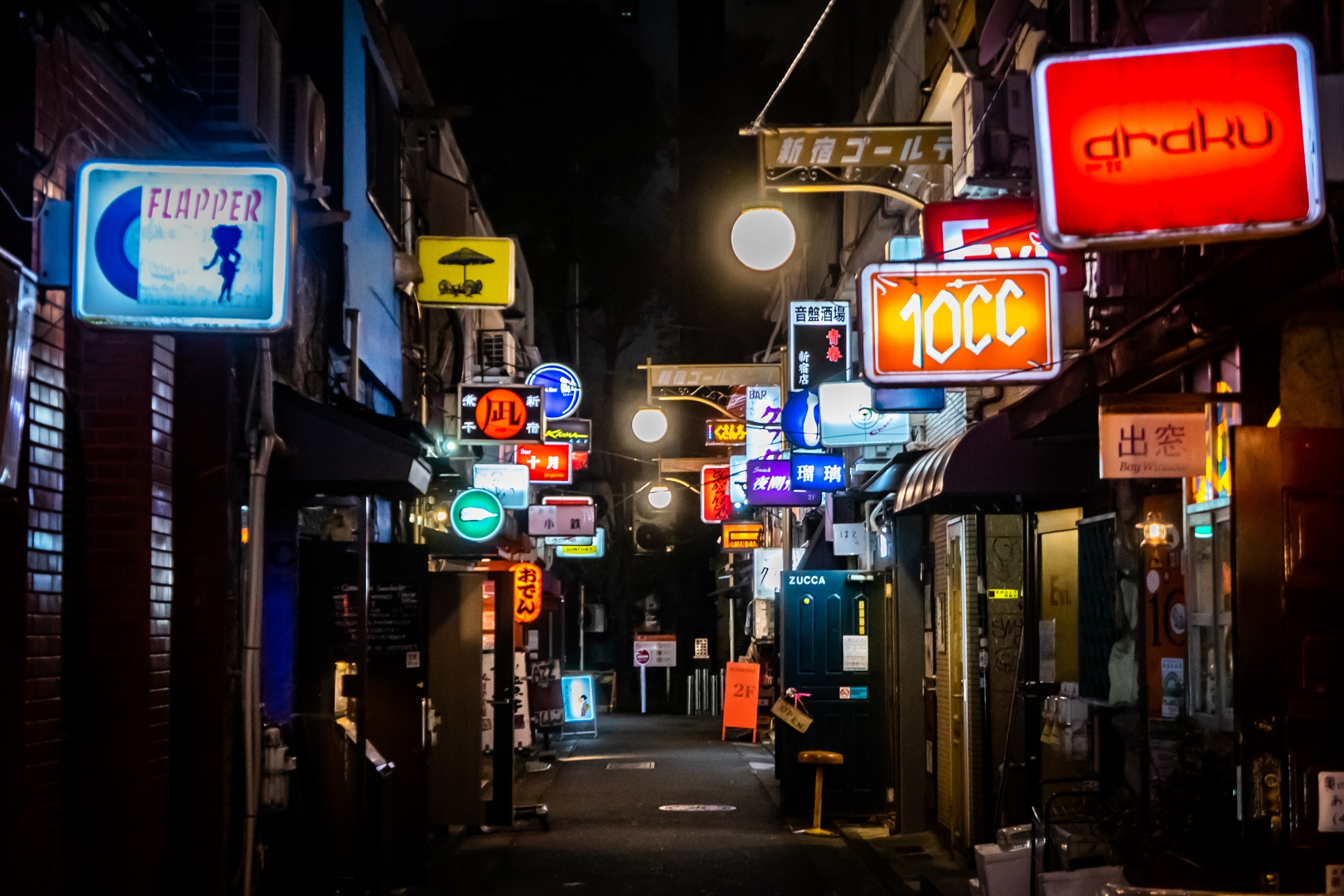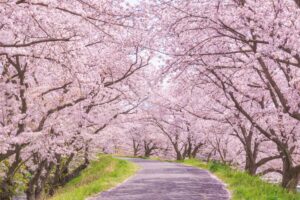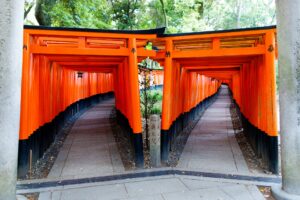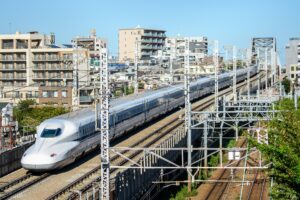Golden Gai, nestled in the heart of Shinjuku, is a celebrated destination for those seeking a unique nightlife experience in Tokyo. With its narrow alleys and over 200 tiny, themed bars, this district offers a vibrant yet intimate glimpse into Japan’s rich bar culture. From its historical roots to its modern appeal, this guide covers everything you need to know about exploring Golden Gai.
Introduction to Golden Gai
Golden Gai, located in Tokyo’s bustling Shinjuku district, is a compact network of six narrow alleys filled with unique bars. Historically, the area was a black market post-WWII before evolving into a red-light district. By the 1980s, it transformed into the vibrant nightlife hub it is today. Despite modernization, Golden Gai retains its old-world charm, offering an authentic slice of Tokyo’s cultural and social fabric.
Best Bars to Visit in Golden Gai
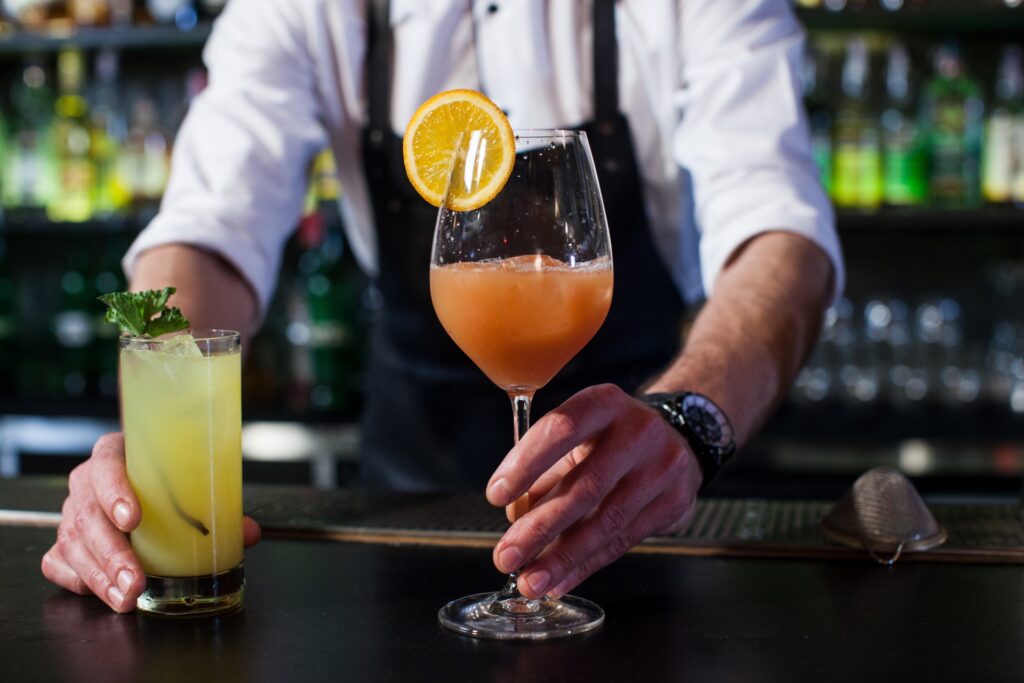
Golden Gai is renowned for its themed bars, each offering a distinct experience. Some popular ones include:
- Albatross: Known for its chandelier-lit interiors and vintage vibes.
- Deathmatch in Hell: A bar for horror and heavy metal enthusiasts.
- Trolls: Perfect for a relaxed, music-focused atmosphere.
Tips for navigating Golden Gai’s bars:
- Most bars seat fewer than 10 people, so expect an intimate setting.
- Cover charges are common, ranging from ¥500 to ¥1000.
- Be respectful of the bar’s rules and other patrons.
Etiquette is key in Golden Gai, emphasizing a quiet, polite approach to enhance the unique experience.
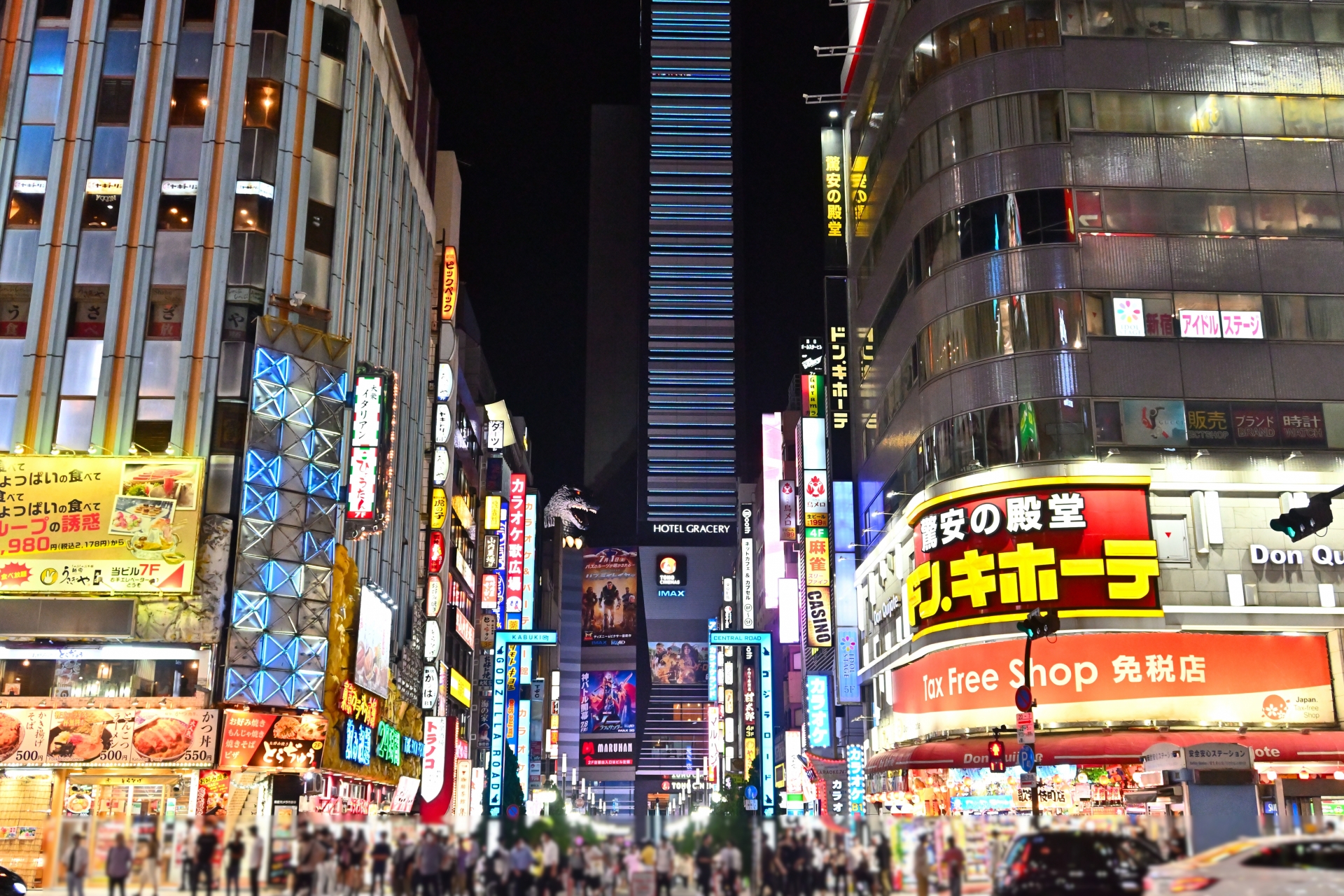
Practical Tips for Visiting Golden Gai
Golden Gai welcomes visitors year-round, but evenings are the best time to experience its lively atmosphere.
- Hours: Most bars open around 7 PM and stay open until late.
- Costs: Drinks range from ¥600 to ¥1200, plus cover charges.
- Transportation: It’s a short walk from Shinjuku Station’s East Exit.
- Dos and Don’ts:
- Do respect the bar’s seating limits and privacy.
- Don’t attempt to photograph patrons without permission.
By planning ahead, you’ll maximize your enjoyment while respecting local norms.
Nearby Attractions and Activities
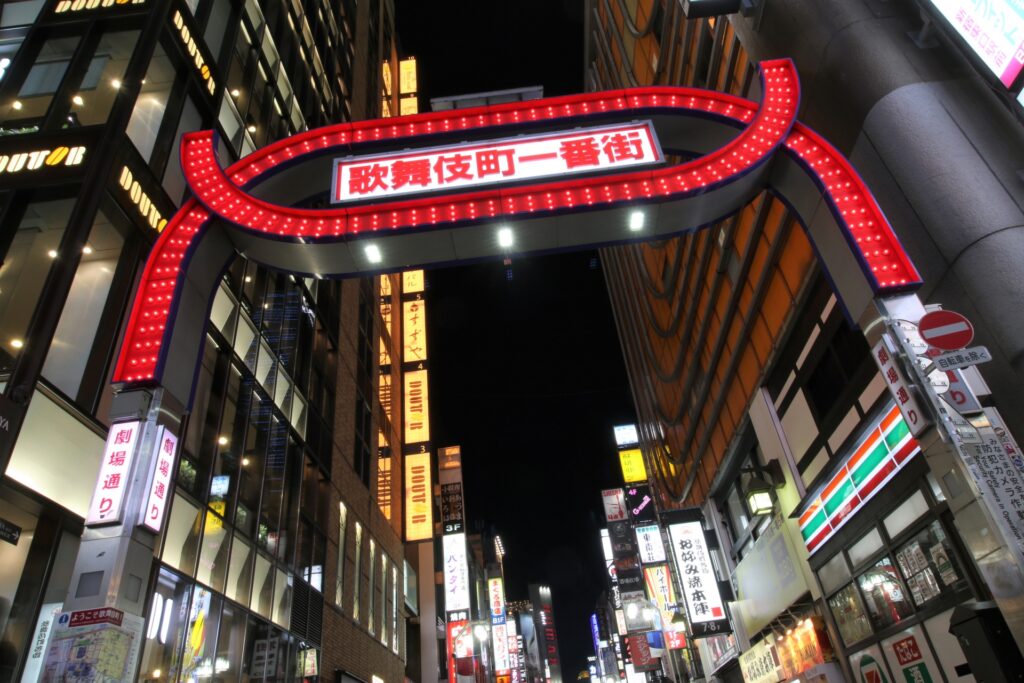
Golden Gai isn’t the only attraction in Shinjuku. Nearby, you can explore:
- Omoide Yokocho: A retro street famous for yakitori and casual eats.
- Kabukicho: Known as Tokyo’s red-light and entertainment district.
- Shinjuku Gyoen National Garden: A peaceful retreat for daytime exploration.
These spots complement a night out in Golden Gai, offering a well-rounded Shinjuku experience.
The Hidden Culture of Golden Gai
Golden Gai isn’t just a bar district; it’s a hub for Tokyo’s creative minds. The area has been frequented by artists, writers, and filmmakers who find inspiration in its eclectic environment. Many bars feature quirky decor and personalized themes, reflecting the individuality of their owners. It’s not uncommon to stumble upon impromptu art exhibitions or live performances.
Accessibility and Travel Tips for Golden Gai
Golden Gai is accessible to a wide range of visitors, though some challenges remain for individuals with mobility issues due to its narrow alleys and steep stairs.
- Solo Travelers: Golden Gai is friendly for solo visitors who can comfortably bar-hop and meet locals.
- Non-Japanese Speakers: Many bars welcome tourists, with some offering English menus or bilingual staff.
- For differently-abled visitors: Call ahead to inquire about accessible venues.
To ensure an enjoyable visit, carry cash, as many bars don’t accept cards, and familiarize yourself with basic Japanese phrases.
Conclusion:
Golden Gai remains a unique cultural and nightlife destination in Tokyo, offering an unparalleled experience of intimacy, creativity, and history. Whether you’re a solo traveler, a nightlife enthusiast, or someone looking to immerse yourself in Japanese bar culture, this guide ensures your visit to Golden Gai will be unforgettable.

